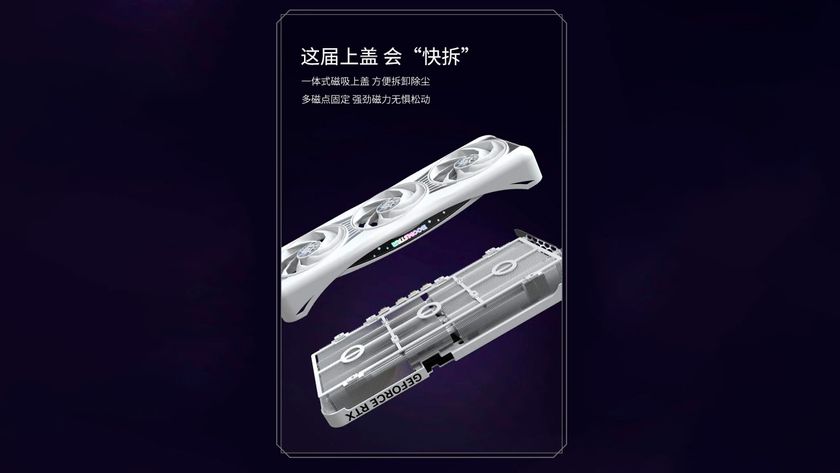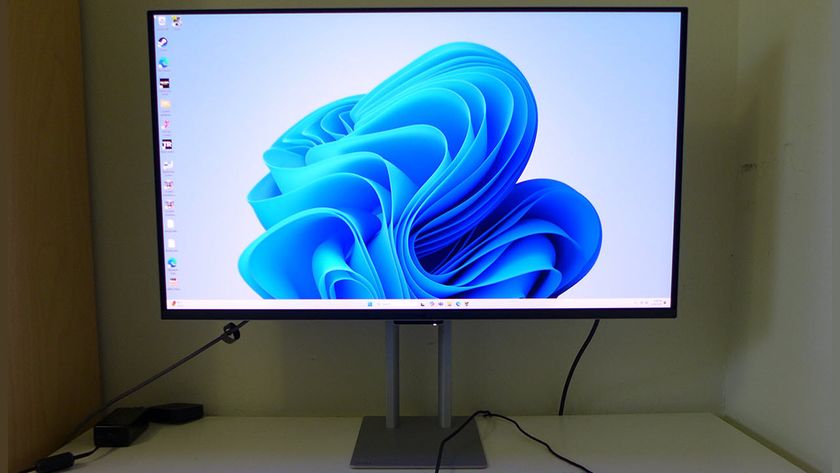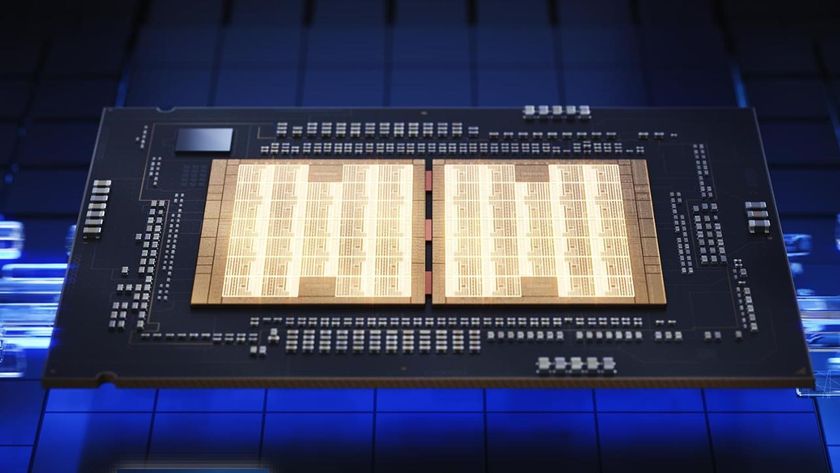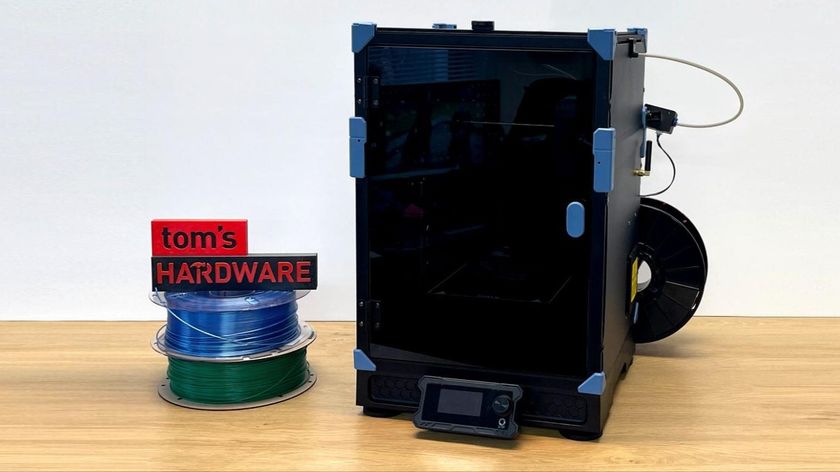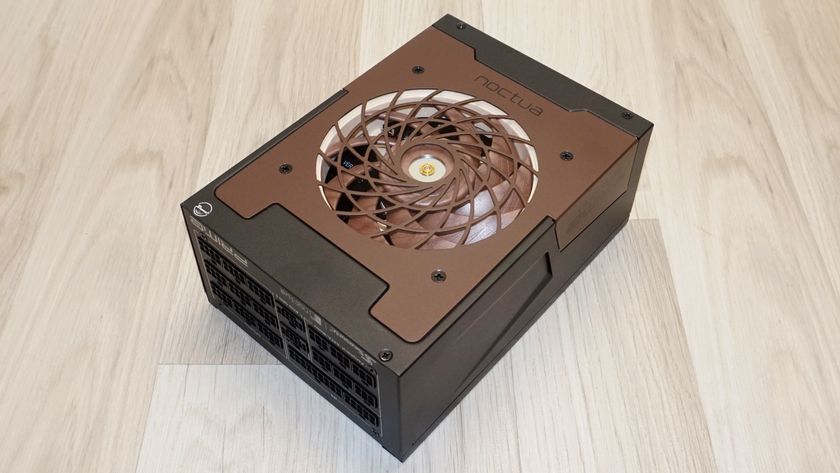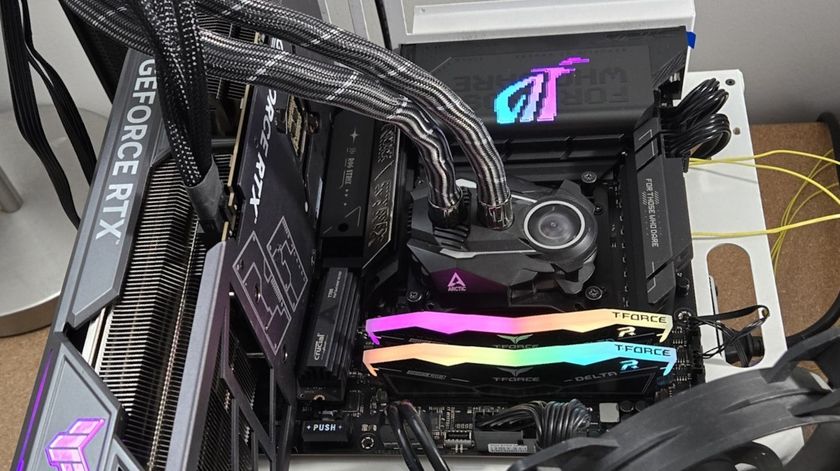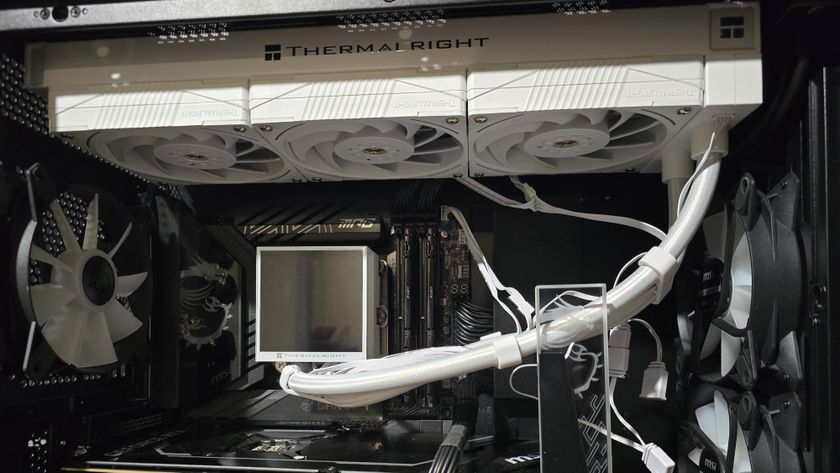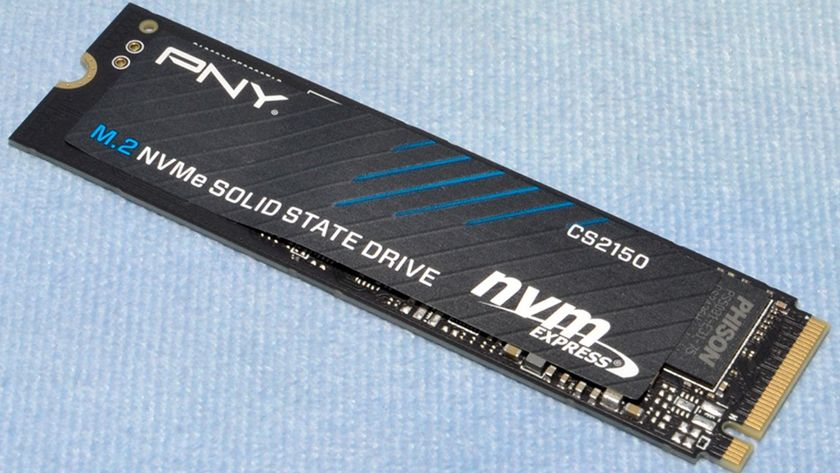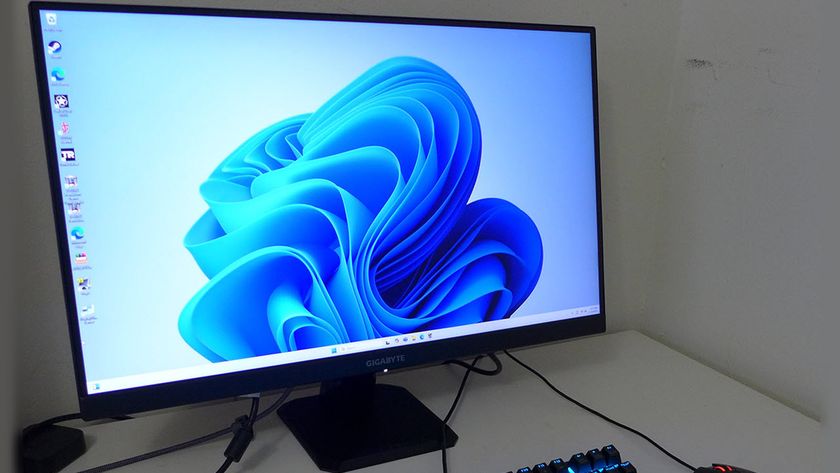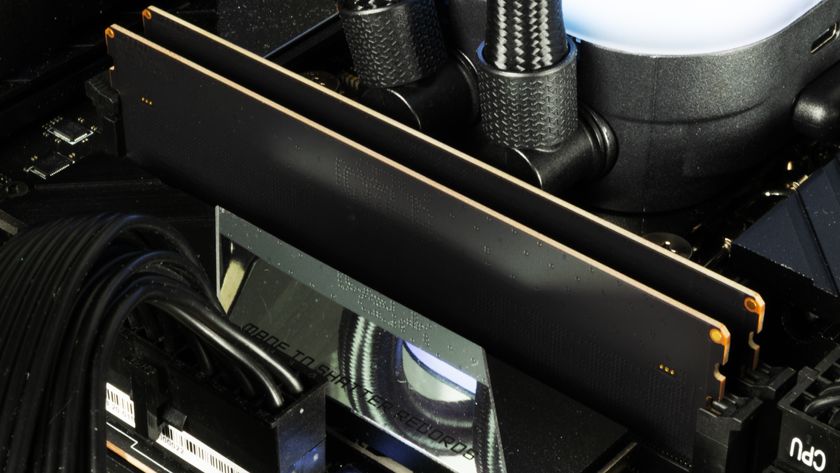Why you can trust Tom's Hardware
The TRX40 Aorus Master might have led the bandwidth charge in overclocking, but the ASRock board has a significant advantage at our memory’s DDR4-3600 settings. You might think this is due to advanced latency settings, but Sandra shows no difference there.








Scolling through our synthetic benchmarks, we find Gigabyte and ASRock swapping places throughout. The TRX40 Aorus Master leads Application Startup, while the TRX40 Tiachi leads in MS Office.
3D Games


Gigabyte leads in both games across all settings, but only by a marginal difference in frames per second (fps). You wouldn't be able to spot the difference in actual game play without a benchmarking tool.
Mixed Workloads



The miniscule difference between ASRock and Gigabyte in games becomes almost microscopic in timed benchmarks, where the TRX40 Taichi completes its workloads tenths of a second faster.
Power, Heat And Efficiency

What we said about performance variance is driven home in power consumption, where we find a mere 1W average difference between these similarly priced boards.

The TRX40 Taichi’s fan-cooled voltage regulator runs a little cooler, and we didn’t even need to bother pushing up its RPM to get those low temperatures. Surprisingly, these temperatures are matched by ASRock’s Intel HEDT solution.

Games showed the biggest performance difference between ASRock and Gigabyte TRX40 boards, but it only worked out to 1.2%. This chart also shows why we bothered to include Intel's results, even though we haven’t had reason to discuss its 10980XE processor in this motherboard review: Entertainment.

The TRX40 Taichi draws 0.4% less power than the TRX40 Aorus Master, but its 0.8% lower performance leads to a negative efficiency rating. Speaking of negative ratings, have a look at those Intel numbers for a giggle.
Final Thoughts
When it comes to final outcomes, we couldn’t have hoped for anything more than to compare two boards that have the same price. Doing so leaves us only the discussion of features.

Just a glance into the box shows that the Gigabyte board adds a pair of RGB extension cables and a pair of thermistors, while ASRock adds an M.2 expansion card. The TRX40 Taichi supports three more drives than the TRX40 Aorus Master, but it does so by using one of the Taichi’s three x16 slots. The Gigabyte board has four x16 slots, and though sixteen of its CPU lanes are split between two of those slots, users who want to install only three M.2 drives can do so without using any of those four slots. So, is this just a battle between more onboard M.2 or more total M.2 and fewer slots?
ASRock points out that its voltage regulator phases are larger, and that its enormous fan-cooled heatsink is designed to support an upcoming 64C/128T Threadripper processor without thermal throttling. Given that the similarities in price and controllers, that sounds like a strong enough argument to make ASRock our top pick -- as long as we assume that our next multi-NVMe build won’t need more than two unreserved PCIe x16-length slots.
This is also our first go-round with TRX40. While we like this board from ASRock, there are sure to be more to come which could outclass this early front runner.
MORE: Best Motherboards
MORE: How To Choose A Motherboard
MORE: All Motherboard Content
Current page: Benchmark Results and Final Analysis
Prev Page Software, Firmware And Overclocking